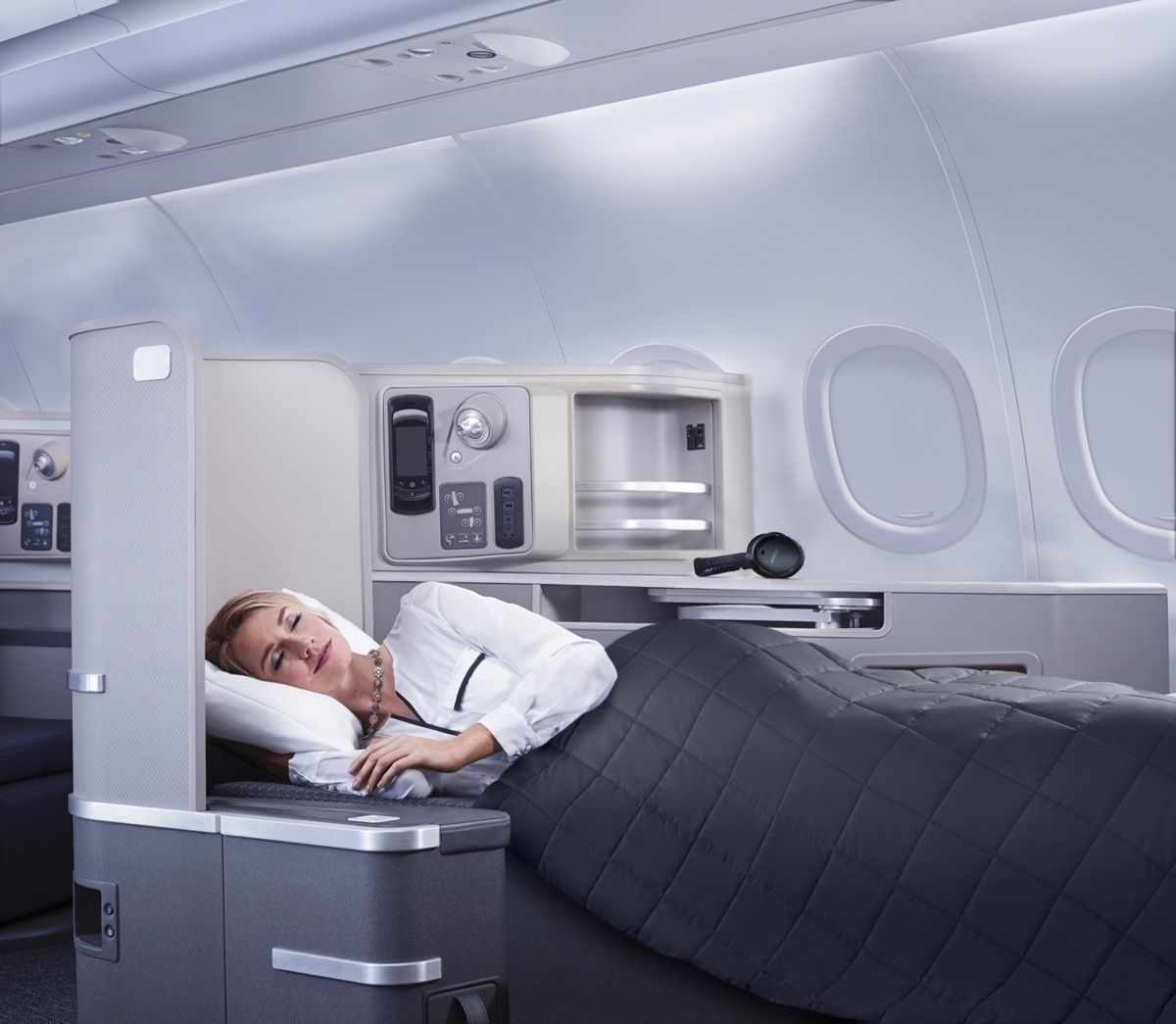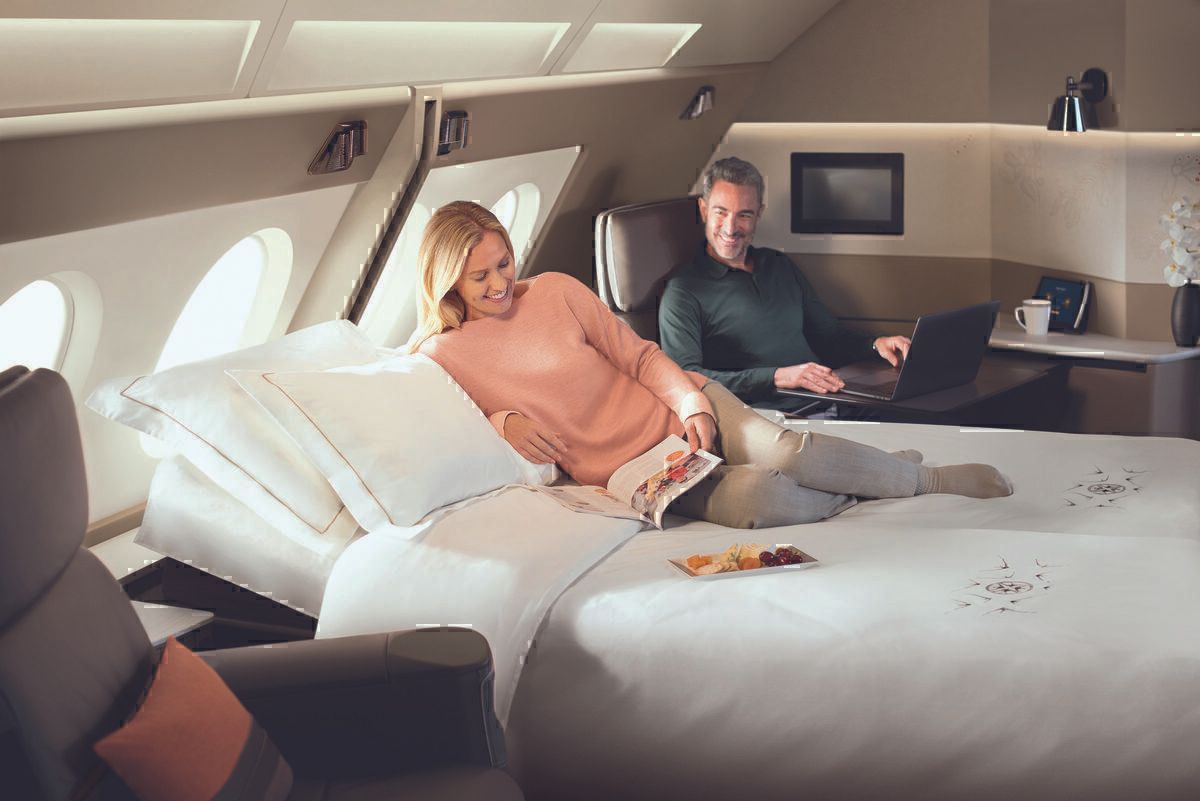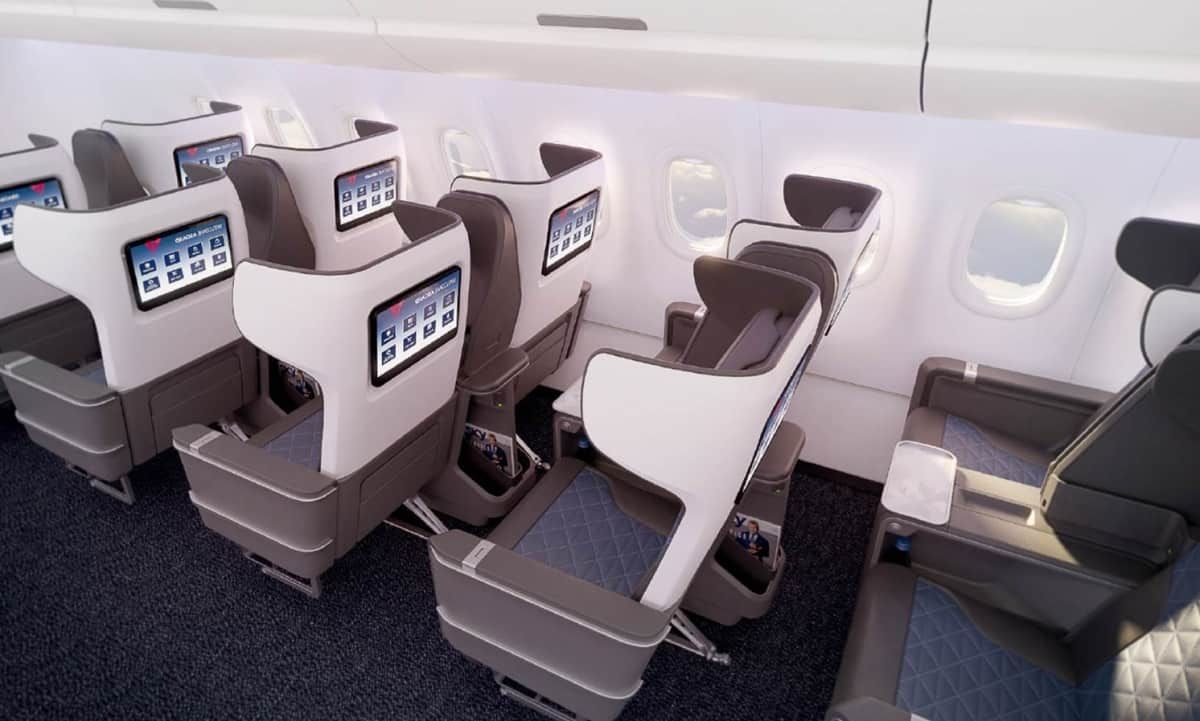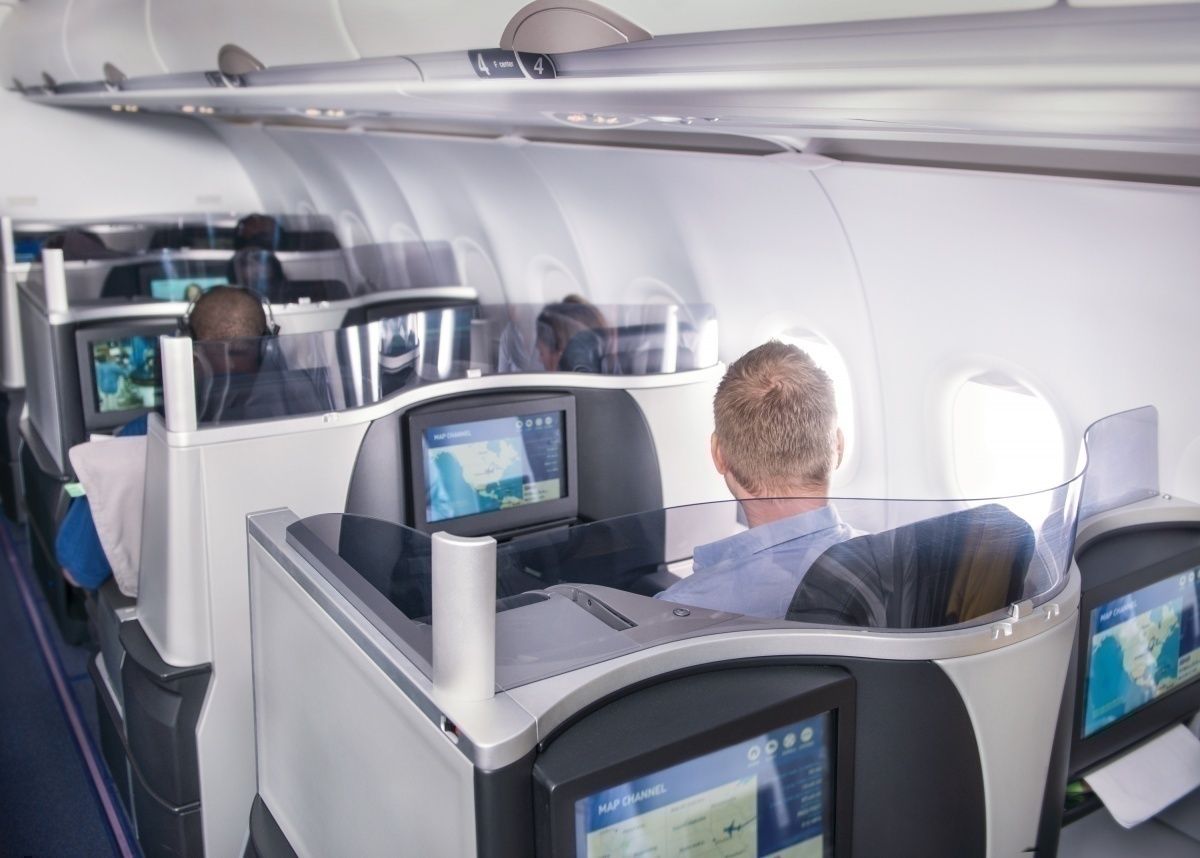Across the industry, we’ve seen airlines removing first class in favor of larger, modern business class offerings. However, in one market in particular, first class is actually on the rise. Domestic US airlines are increasing first class seat availability, and sometimes even on narrowbody aircraft. Here’s what you need to know.
Is first a dying cabin class?
As business class products continue to improve, we’ve seen increasing numbers of airlines taking first class off the menu. British Airways’ new A350 was delivered with no first class. Garuda Indonesia now has just eight first class seats left across its entire fleet. Even Emirates is considering cutting first from its future A350 and 787 fleet.
I had the opportunity to chat with Dr. Joe Leader, CEO of the Airline Passenger Experience Association (APEX) for a recent podcast. During the course of the conversation, I asked whether he thought that business class had gotten so good, it would eventually lead to the complete removal of first. He told me,
“Honestly, it depends upon the route. So, there are certain routes where premium passengers are happy to pay the price premium for something even more exclusive, more intimate. On routes where the flight time is not sufficient or the experience differential is not significant, I believe you will see more and more first-class cabins pulled on those routes.”
Joe’s take on the situation is reflected in the developments we’re seeing in the industry. Singapore Airlines is already planning a new first class for its forthcoming Boeing 777X and British Airways has not ruled out a new First product for its own 777-9s. Clearly, some routes can support a first class product, but in many situations, it’s just not needed.
Bucking the trend
Although some airlines are phasing out first class in favor of larger business class cabins, there are some places where the trend is being thoroughly bucked. Joe told me,
“Here in the United States, is there has been a resurgence of first class on routes, for example between New York and L.A. Here, you have first, business and economy on one single aisle aircraft.
“I would of not have imagined that and its doing quite well across the board.”
Here in Europe, it’s rare to find a true premium product on any narrowbody plane. Most European ‘first’ class or business products are simply standard seats with the middle one blocked out. Sometimes it means
One such fantastically comfortable narrowbody is the American Airlines A321T. These aircraft offer economy, business class and first all on one narrowbody plane. They typically fly coast to coast, hence the ‘T’ for transcontinental.
Business on these is in a 2-2 configuration with lie-flat seats. First is a 1-1 arrangement and is a genuine international business class seat, the same one seen on AA’s Boeing 777-300ER.
American pretty much pioneered this idea, first flying the configuration in 2014. It’s a prime example of how more premium products can work on some routes, but not on others. When American launched it, the airline claimed that, aside from celebrities and Hollywood studios traffic, it saw a market for Asia Pacific travelers who would arrive on one coast in first and wish to travel transcontinentally in first too.
Following in their footsteps
While some thought American was bonkers for introducing a three-class configuration on their A321s, other US airlines have followed in their footsteps. United, for instance, offers some 757-200 with international business class seats, using the B/E Aerospace Diamond in a 2-2 configuration. Delta’s new A321neos will be delivered with 20 first class seats, 42 Comfort+ seats, and 132 in the main cabin.
Although JetBlue doesn’t have a separate first cabin, it does have three separate levels of seat comfort. Its Mint product is highly rated as one of the best ways to fly domestically in the US. Most Mint cabins are in a 2-2 configuration, but on a handful of A321s, there are two rows up the front where passengers can find a ‘Mint Suite,’ a 1-1 layout which even has a door!
Of course, right now, we’ve seen a number of widebodies deployed on domestic US routes too, some of which will bring three classes to the domestic market. However, once international flying begins to ramp up again, these big birds will head back onto long haul routes.
Even over here in Europe, we’re seeing a change slowly taking shape. SAS plans to use its new narrowbody A321LRs on transatlantic routes and, although there will be no true first class, it does plan to fly a three-class outfit. Economy will be complemented by a premium economy and true business class product, similar to the layout found on AA’s A321T.
With the A321XLR coming in three years’ time, we’re going to see more narrowbodies deployed on long haul routes. Could this see a proliferation of three class configurations on single-aisle planes? Let us know what you think in the comments.




